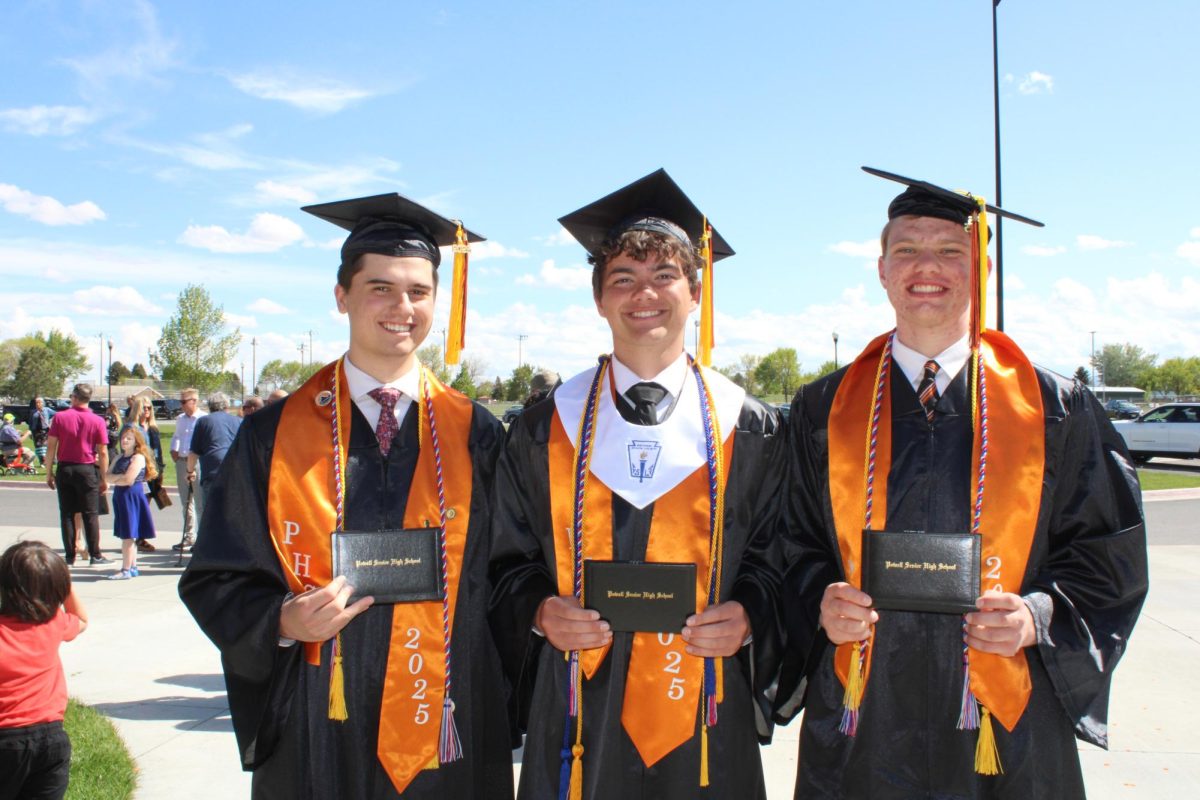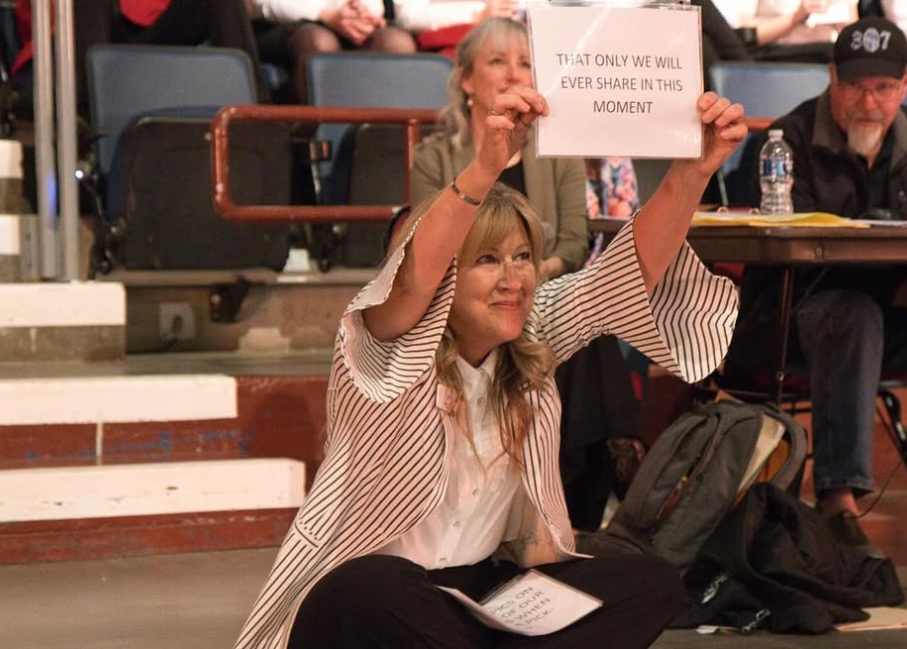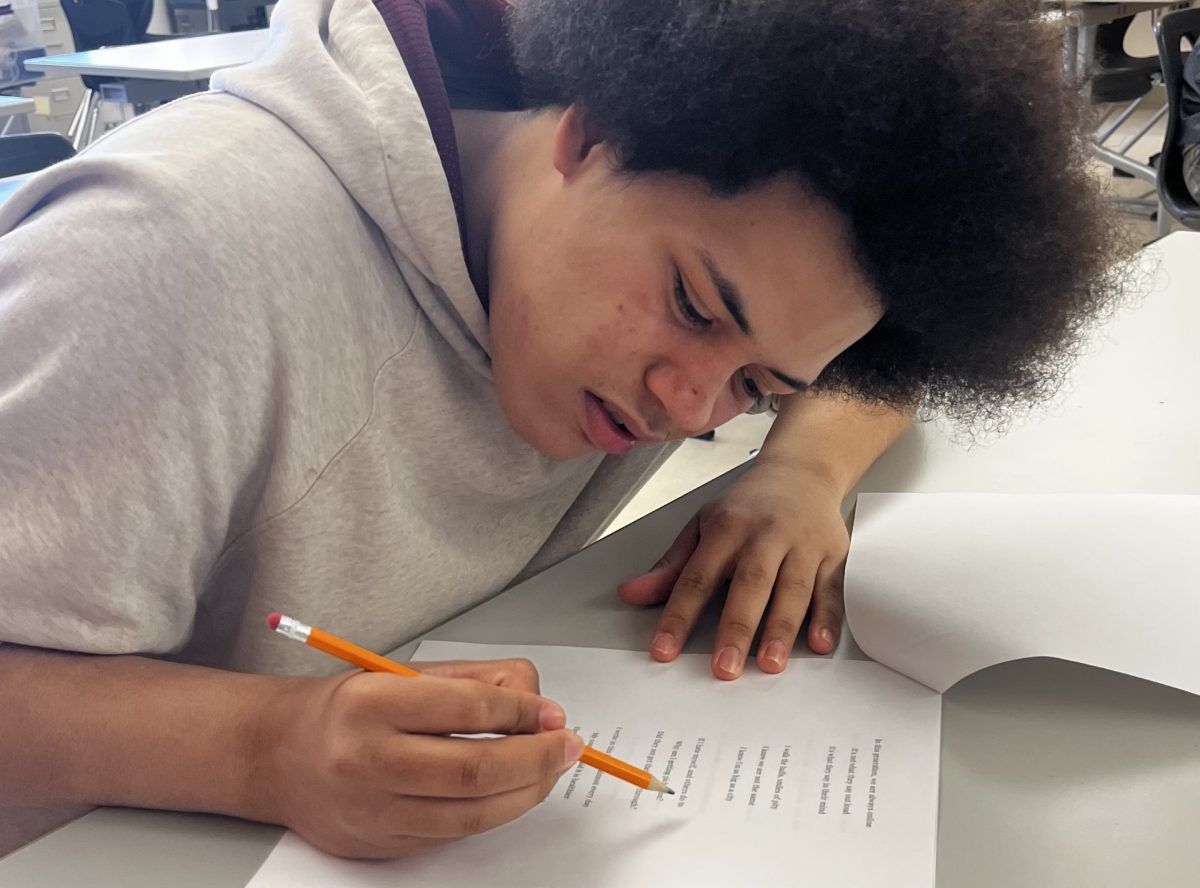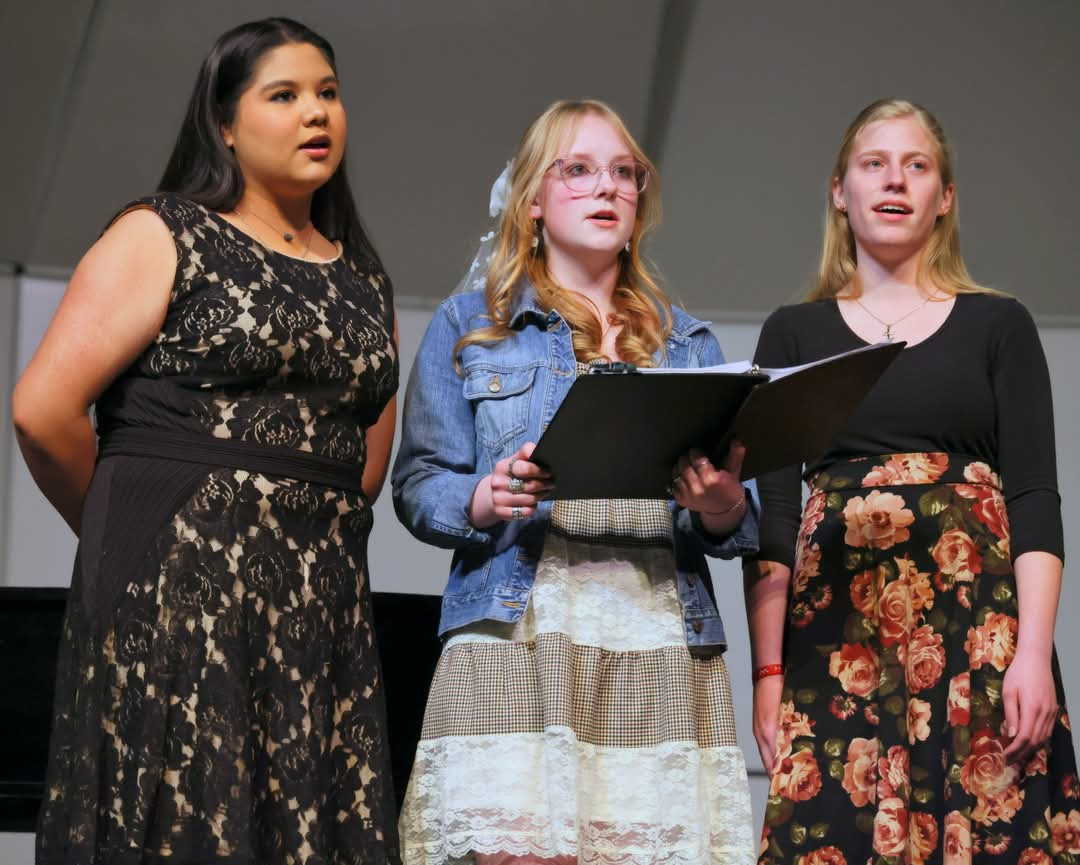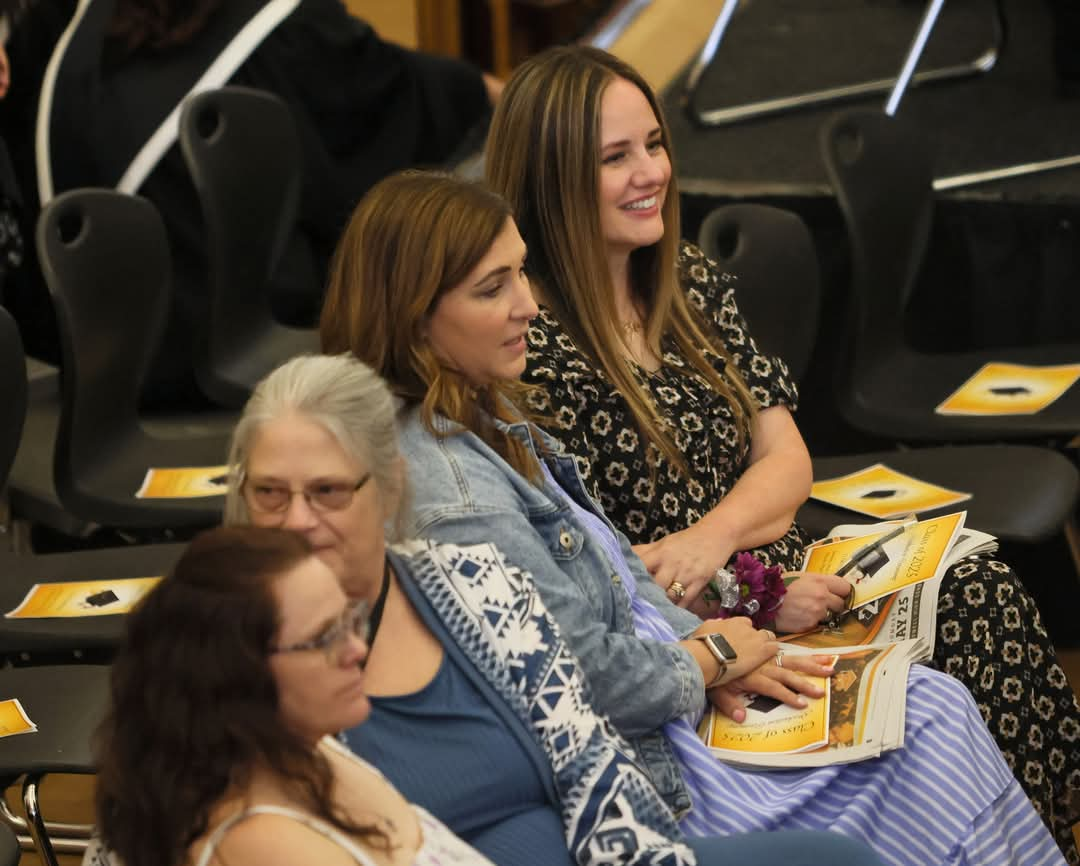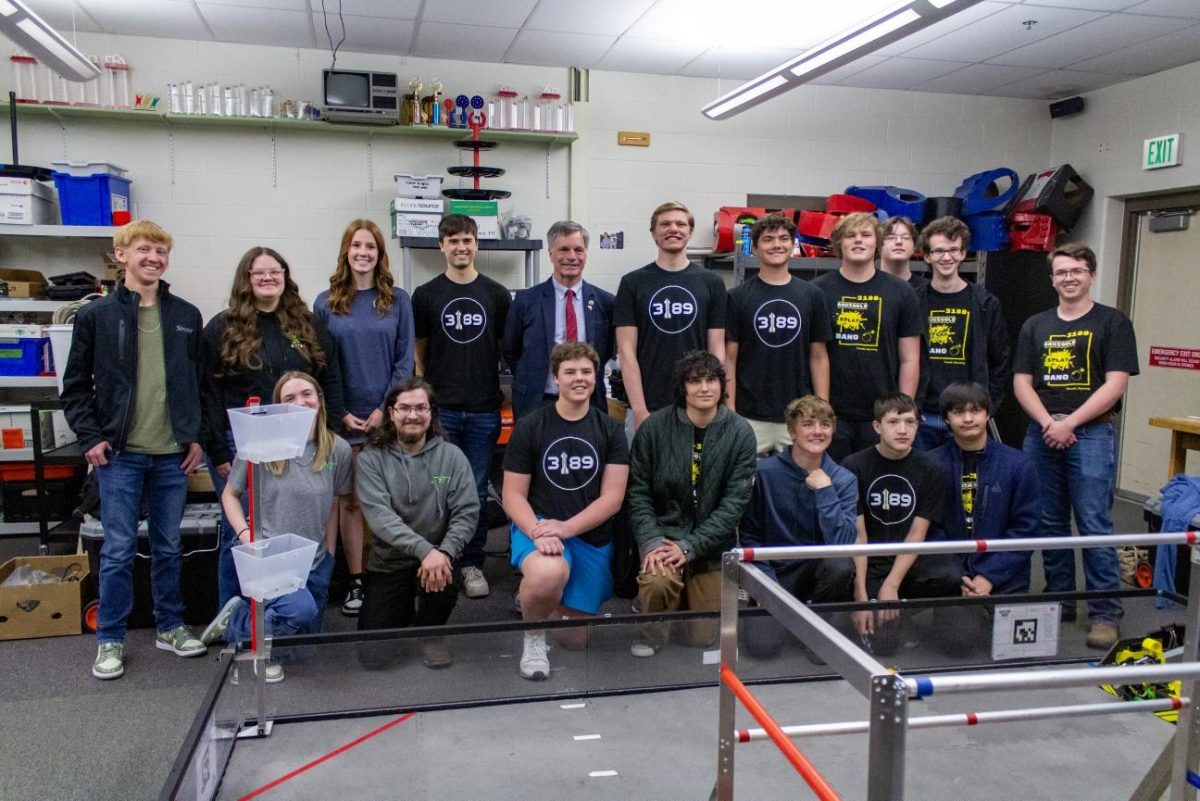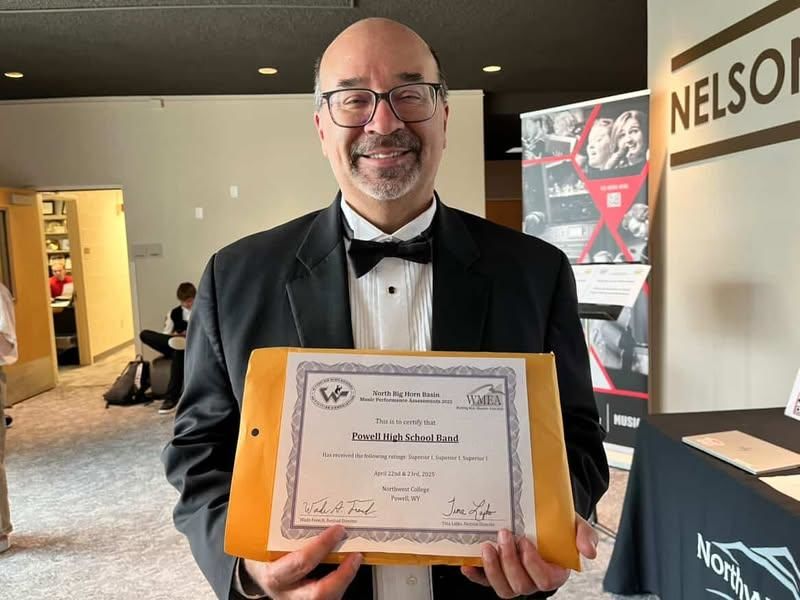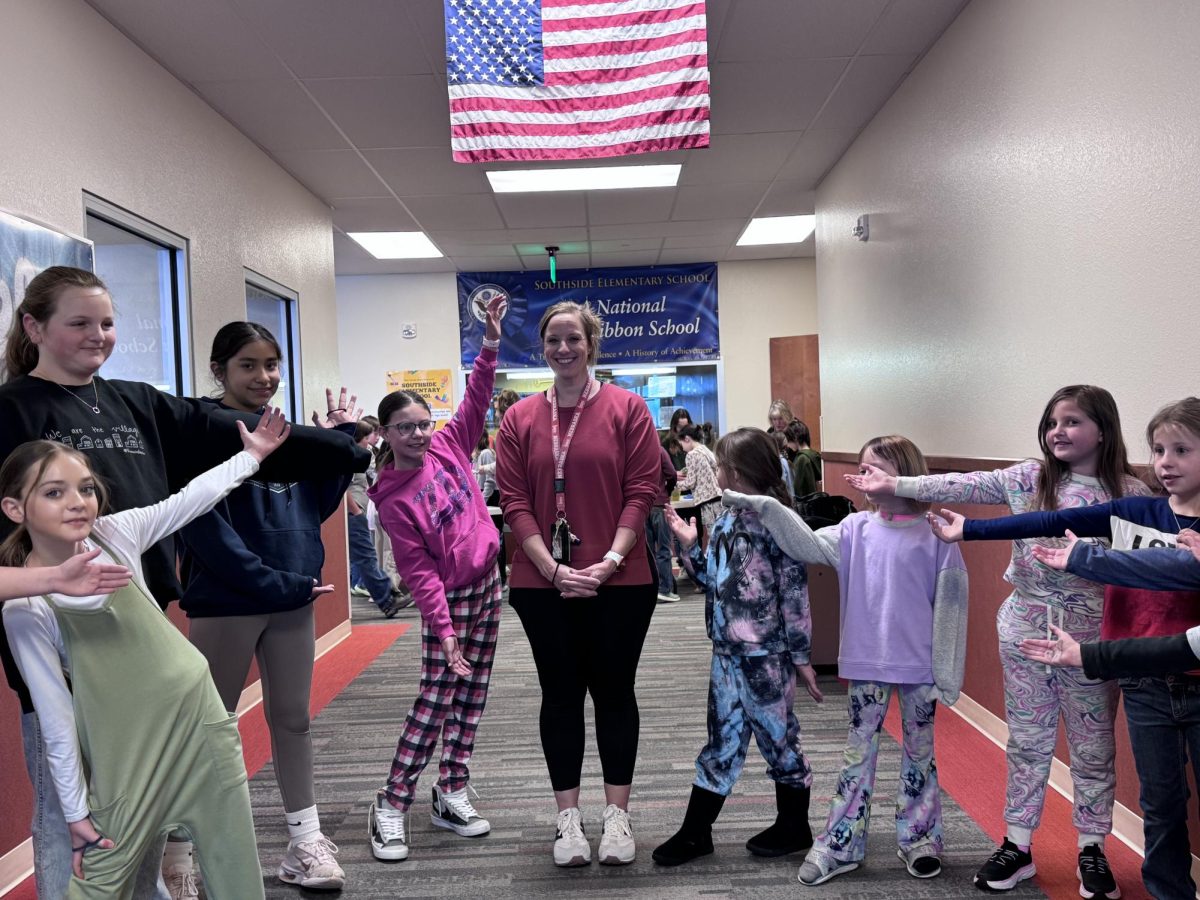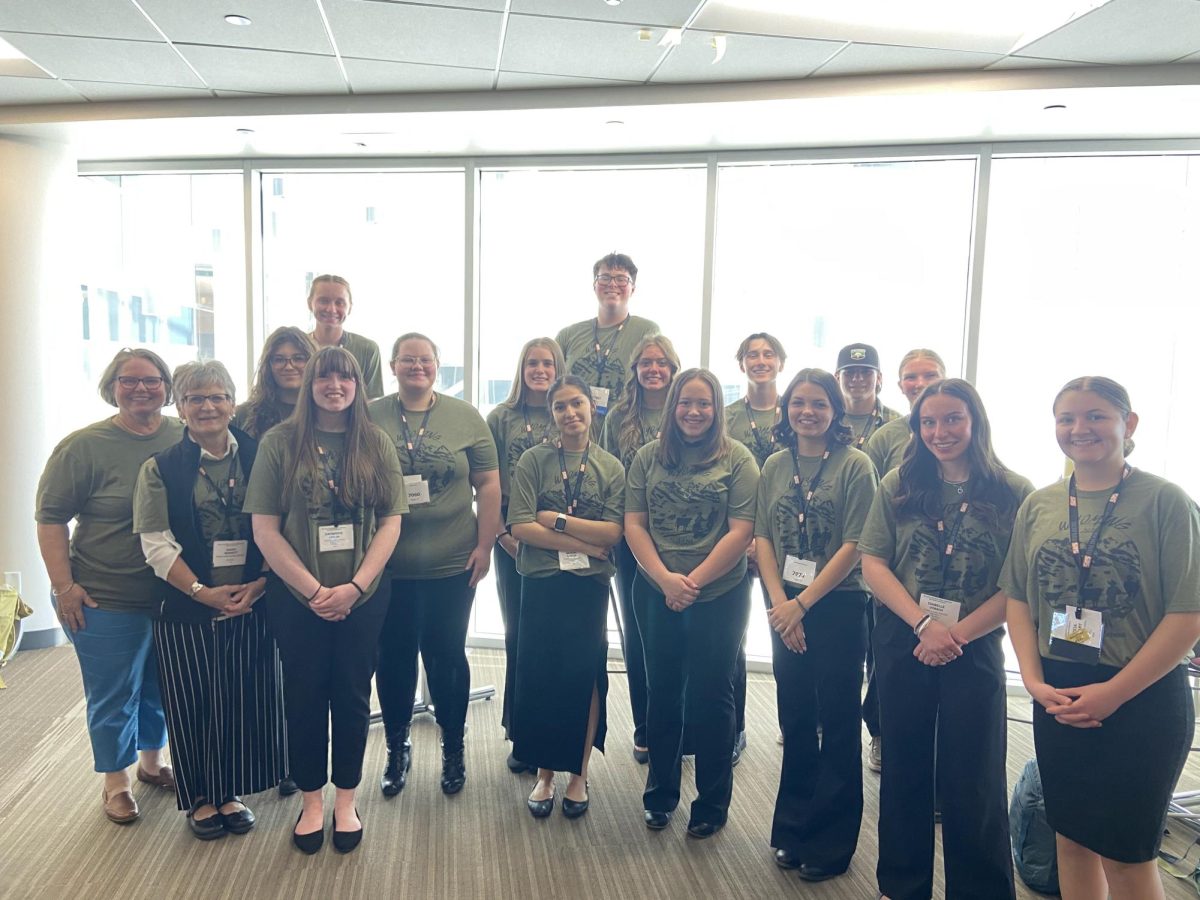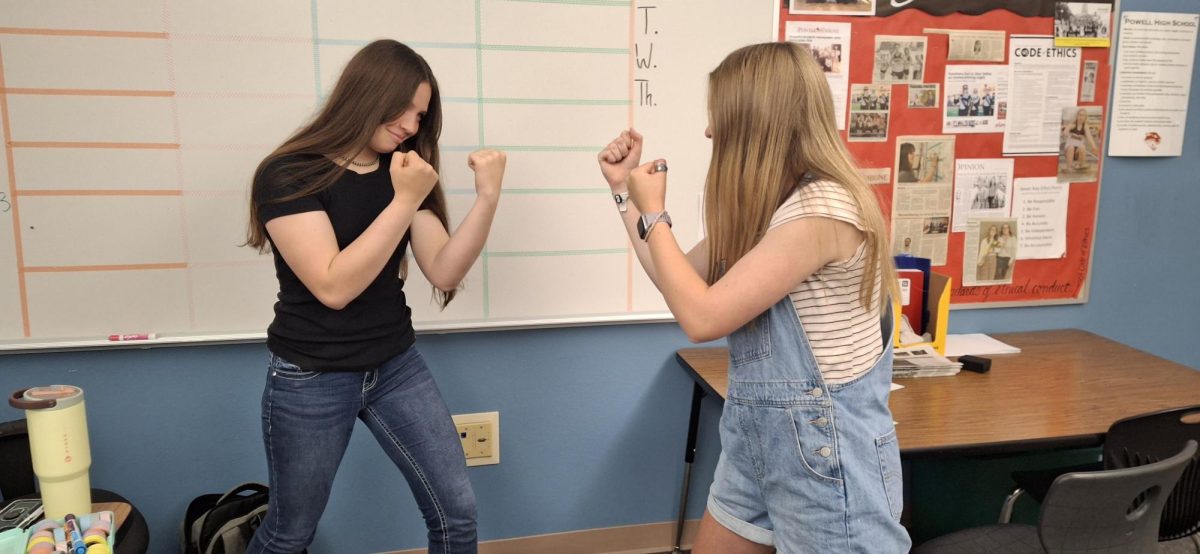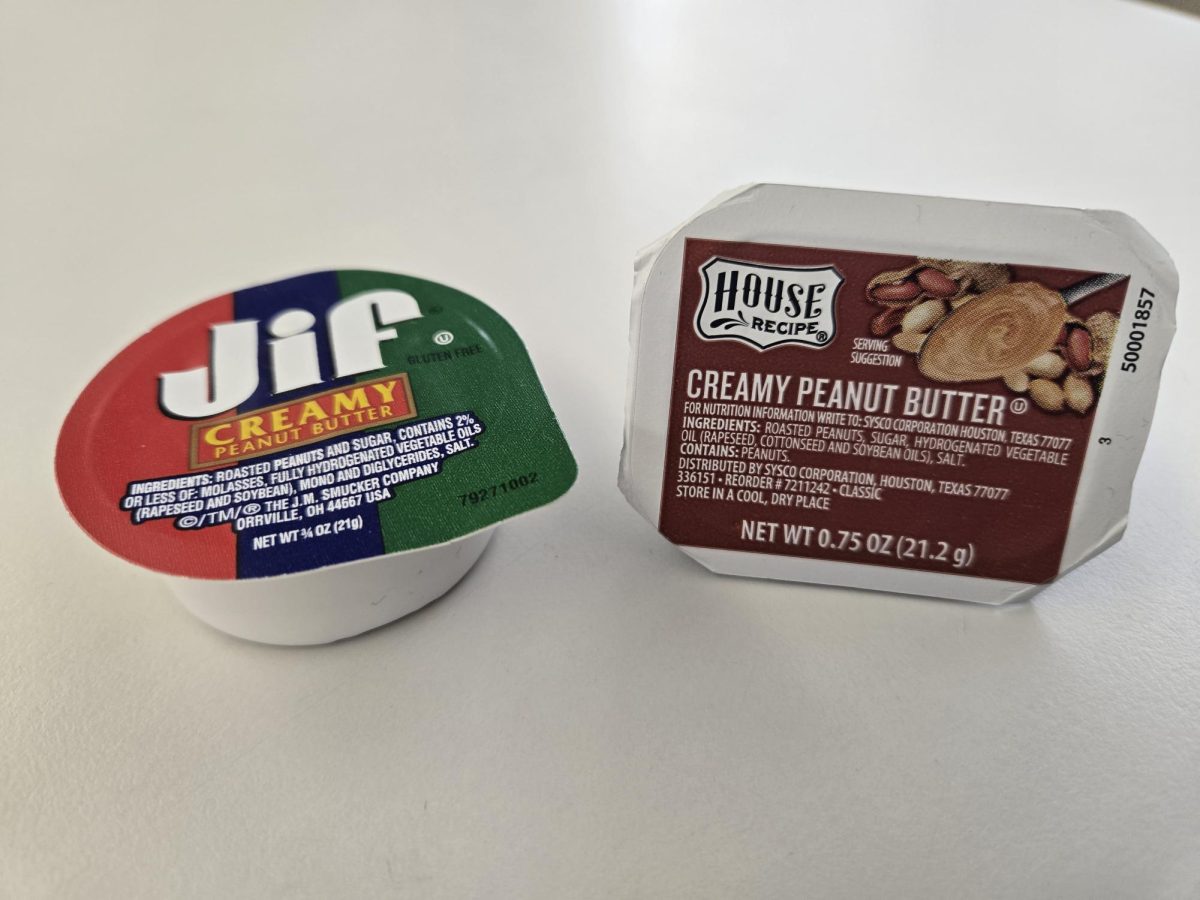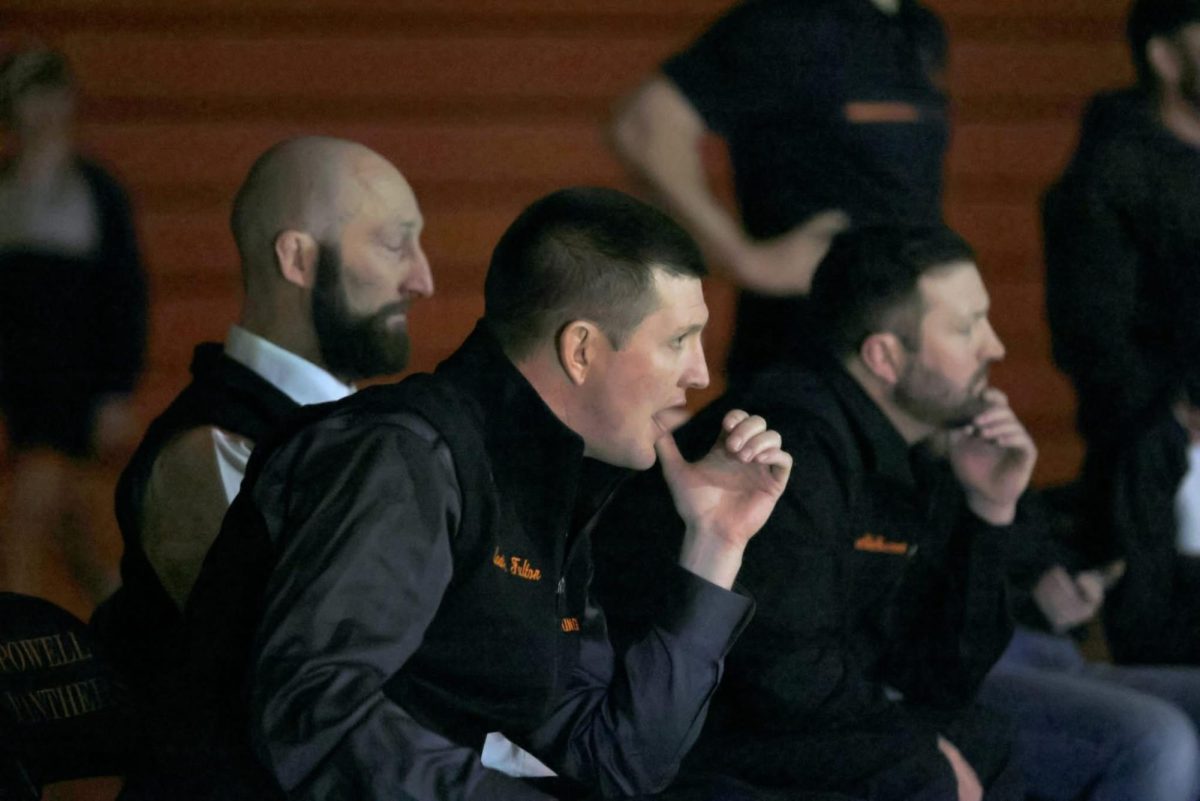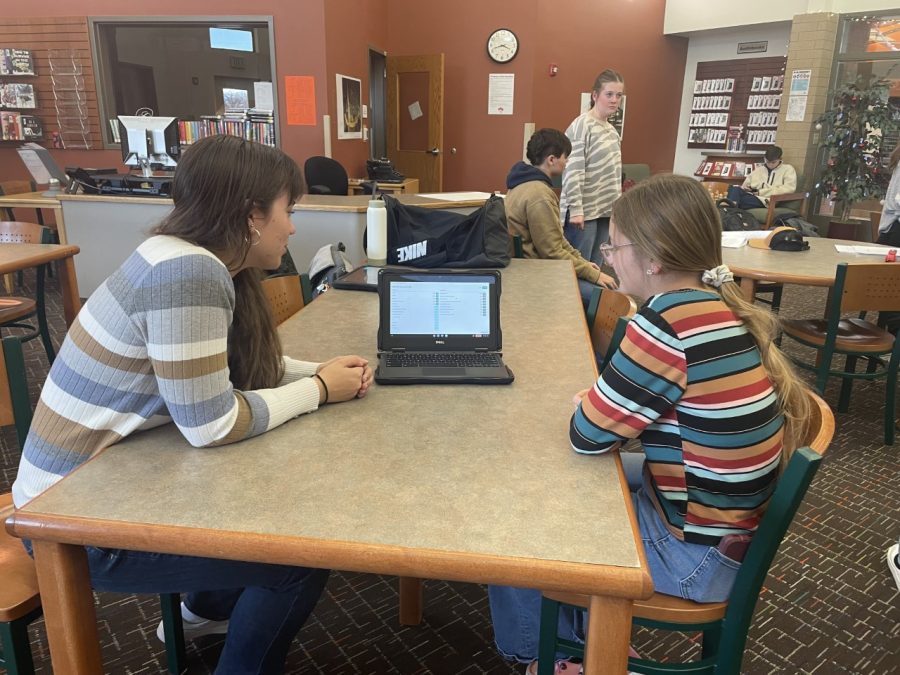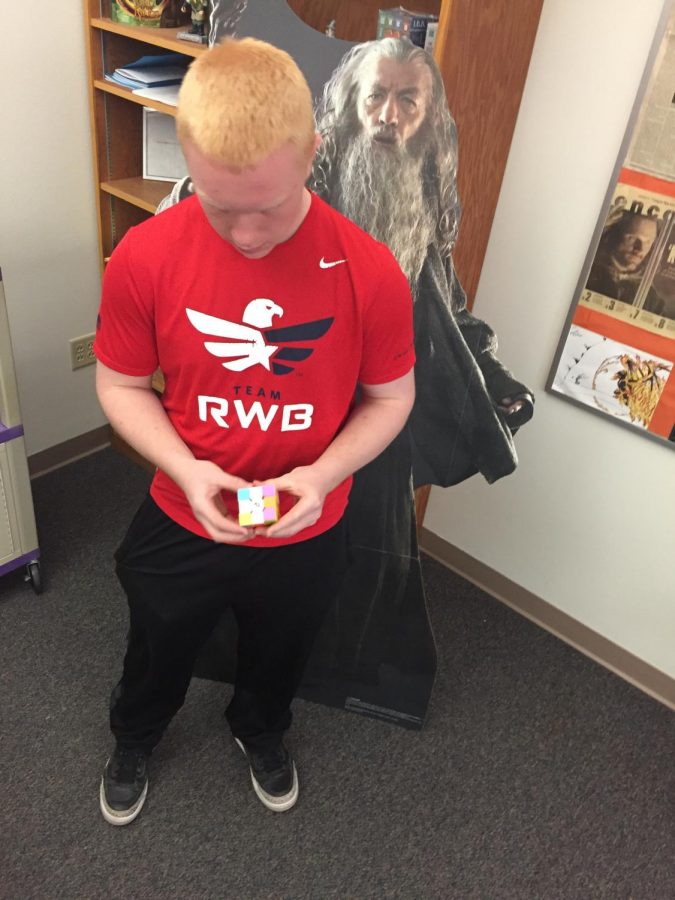Puzzled by the Rubik’s Cube?
Freshman Geordan Weimer solves a Rubik’s Cube, one of several he owns.
The transition from the all-known popular Fidget Spinner to the Rubik’s Cube at Powell High School was relatively quick, but with all trends they must go out of style.
Two freshmen, Riley McKeen and Geordan Weimer, have memorized the pattern to the point they have the ability to solve a Rubik’s Cube in a remarkably small amount of time.
“It depends (on what type of Rubik’s Cube) but usually not too long,” McKeen said.
This invention was actually not meant to be a toy in the first place and one of the most unlikeliest trends it is today.
According to Harry Wallop on telegraph.co.uk, a British online news service, it was invented in 1974 by a Hungarian architect named Erno Rubik to explain three-dimensional geometry. He himself couldn’t solve the puzzle, so he strove to solve it and finally did after a month. Years later, it was shown at a toy fair and hit the market.
Now, there are “speed cubing” competitions; the world record is held by a Dutch teenager named Mats Valk in 5.55 seconds.
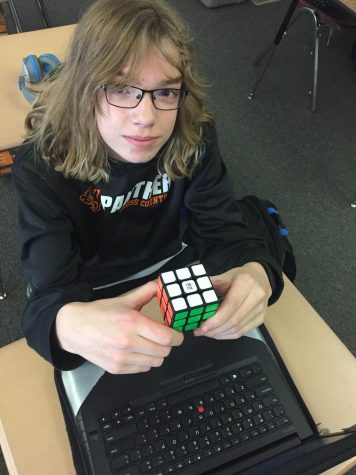
McKeen can solve the original basic Rubik’s Cube around 1 minute and 15 seconds; Weimer can solve it in 45 seconds.
“Sometime around the beginning of the year,” McKeen said, referring to when he first started attempting to solve the Rubik’s cube, “a lot of my friends enjoyed them too and I wanted to do it too and it’s also something to do when I’m bored.”
Weimer owns 11 total Rubik’s Cubes and it only took him two days to memorize the pattern.
“I catch onto patterns easily,” Weimer said, “I am currently teaching someone how to solve a Rubik’s Cube and we’ve been working on it for almost a couple months now.”
Both of their stories vary on how they got to where they are now.
McKeen was influenced by his friends when they started solving them and he started taking an interest in them as well.
“Four years ago it was a birthday present and I got upset at it and didn’t understand how it worked,” Weimer said referring to what made him interested in them in the first place. “Later on I figured out how much patterns and puzzled interested me.”

